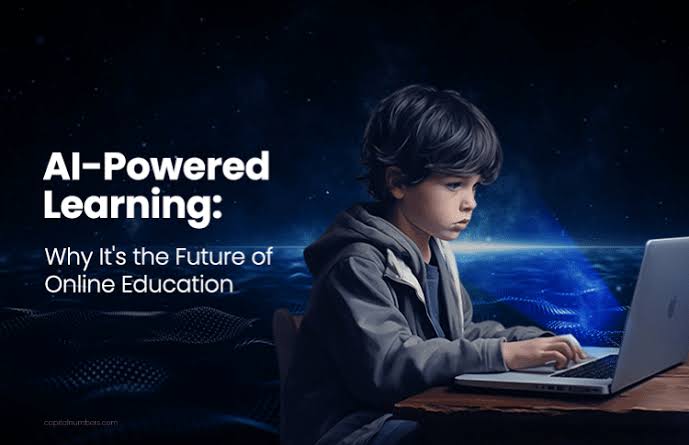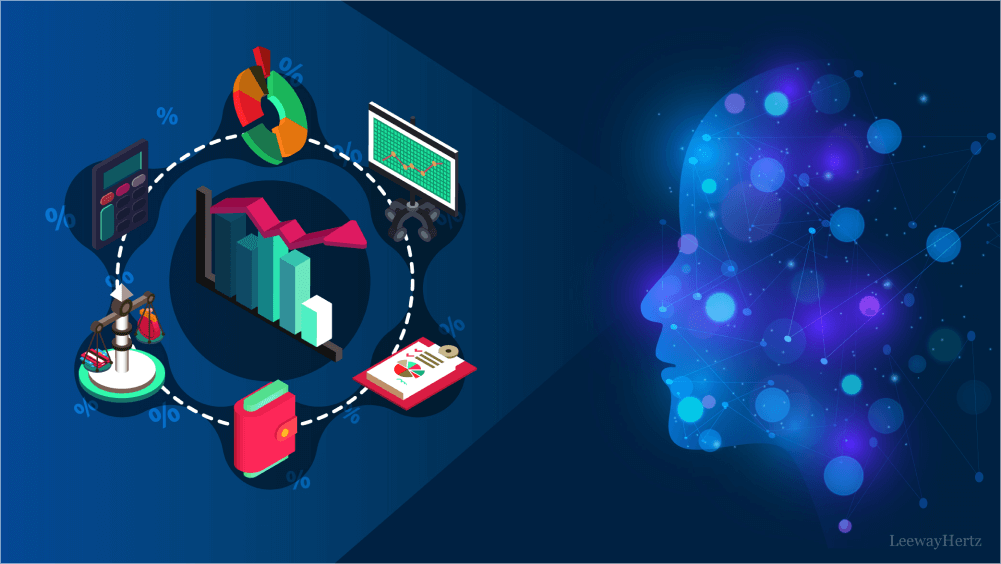Education is changing fast because of artificial intelligence (AI). By July 2025, AI learning tools are not just adding to traditional teaching but changing how people learn. AI offers personalized lessons, smart tutoring, and instant feedback. This makes learning easier, fairer, and better for everyone. The move to use AI in schools shows a global need for teaching that is quicker, easier to get, and focused on the learner in today’s digital world.
Personalized Learning for Every Student
One of the most significant benefits AI-powered platforms bring to education is the ability to tailor content to individual learning styles and paces. Traditional classrooms often follow a one-size-fits-all approach, which leaves some students behind while others remain unchallenged. In contrast, AI systems analyze data such as quiz results, time spent on topics, and learning behavior to provide customized recommendations.
This level of personalization ensures that learners get the support they need, when they need it. For instance, platforms like Carnegie Learning and Squirrel AI already use AI algorithms to adjust content delivery based on students’ cognitive patterns. As of 2025, many mainstream institutions are implementing these tools to enhance academic outcomes, improve retention, and boost learner confidence.
Intelligent Tutoring Systems
AI-powered tutoring systems are becoming increasingly sophisticated, offering human-like interaction and immediate feedback. These systems mimic the guidance of a real tutor by using natural language processing and machine learning to understand student responses and provide relevant explanations or corrections. They can engage learners in interactive conversations, making the learning process more immersive and responsive.
Platforms such as Khanmigo (by Khan Academy) and Cognii are using AI to tutor students in subjects like math, science, and language arts. These intelligent tutors can be available 24/7, bridging gaps in access to one-on-one instruction and addressing the global teacher shortage. In 2025, these tools are also being used in underfunded schools to ensure equitable access to quality education.
Real-Time Performance Tracking and Feedback
Another game-changing feature of AI in education is real-time data analytics that monitor student performance. These analytics can identify strengths, weaknesses, and learning patterns, allowing educators to intervene early and adjust instruction accordingly. This proactive approach helps prevent students from falling behind and enables more informed decision-making in curriculum design.
For example, AI dashboards can notify teachers when a student consistently struggles with a specific topic, allowing for timely intervention. In higher education and corporate training settings, performance tracking also helps institutions evaluate program effectiveness and employee skill development. By 2025, these insights are becoming an essential component of adaptive learning systems used in both in-person and online classrooms.
Enhancing Teacher Capabilities
Contrary to fears that AI might replace teachers, the current trend shows that AI enhances rather than diminishes their roles. Educators are increasingly using AI tools to automate administrative tasks such as grading, scheduling, and resource planning, freeing up time for meaningful student interaction. AI can also assist teachers in developing personalized lesson plans based on class performance data.
Professional development platforms now incorporate AI to offer customized training modules for teachers, helping them stay updated on instructional strategies and educational technologies. As of 2025, AI serves as a collaborative assistant in classrooms, empowering teachers to focus more on creativity, mentorship, and emotional support for their students.
Expanding Access to Education Globally
AI-powered learning platforms have made education more accessible than ever, especially for students in remote or underserved regions. Cloud-based solutions and mobile-friendly applications allow learners to study from anywhere, provided there’s internet access. Moreover, AI-driven translation and transcription tools have broken down language barriers, making learning materials available in multiple languages instantly.
Platforms like Coursera, Duolingo, and Microsoft’s Reading Progress are expanding globally with AI features that cater to diverse learner needs. In 2025, governments and NGOs are increasingly adopting AI learning solutions to reach displaced populations, including refugees and individuals affected by natural disasters or political instability.
AI and Lifelong Learning
The demand for continuous skill development in the modern workforce has positioned AI-powered platforms as key enablers of lifelong learning. Whether it’s learning a new programming language, improving communication skills, or upskilling for career advancement, AI platforms provide tailored content and pacing for adult learners.
Corporate training solutions from companies like LinkedIn Learning, IBM SkillsBuild, and edX are using AI to align training paths with industry trends and personal career goals. AI not only recommends relevant courses but also adjusts difficulty levels based on progress. As of 2025, many companies integrate these systems into employee development programs to stay competitive in a rapidly evolving job market.
Ethical and Privacy Considerations
Despite its many benefits, the widespread use of AI in education raises concerns about data privacy, algorithmic bias, and equity. Students’ data must be protected from misuse, and algorithms must be monitored for fairness, especially when used in assessment and decision-making.
Educational institutions are increasingly adopting transparent policies and ethical AI frameworks to address these concerns. In 2025, several countries are implementing stricter data governance laws that apply specifically to educational technologies. Ensuring that AI serves all students equitably, regardless of background or ability, remains a top priority for developers and policymakers alike.
The Road Ahead
The future of education is not about replacing humans with machines but about building smarter, more adaptable systems that support human potential. As AI technologies continue to evolve, the focus will shift toward creating emotionally intelligent systems that can recognize and respond to students’ emotional states, fostering a more holistic learning experience.
Emerging innovations include AI-powered virtual classrooms with immersive augmented reality, emotion-tracking software for real-time engagement insights, and blockchain-integrated credentials to verify learning achievements securely. By 2030, AI-powered platforms may become the backbone of education systems worldwide, transforming not only how we learn but also how we teach, assess, and grow.
Conclusion
AI-powered learning platforms represent a revolutionary step toward making education more personalized, accessible, and effective. From improving student outcomes through adaptive learning to supporting educators with intelligent tools, AI is redefining the future of learning. As we move forward into a more digitally connected era, the successful integration of AI in education will depend on balancing innovation with ethical responsibility, ensuring that technology truly serves the diverse needs of all learners.



